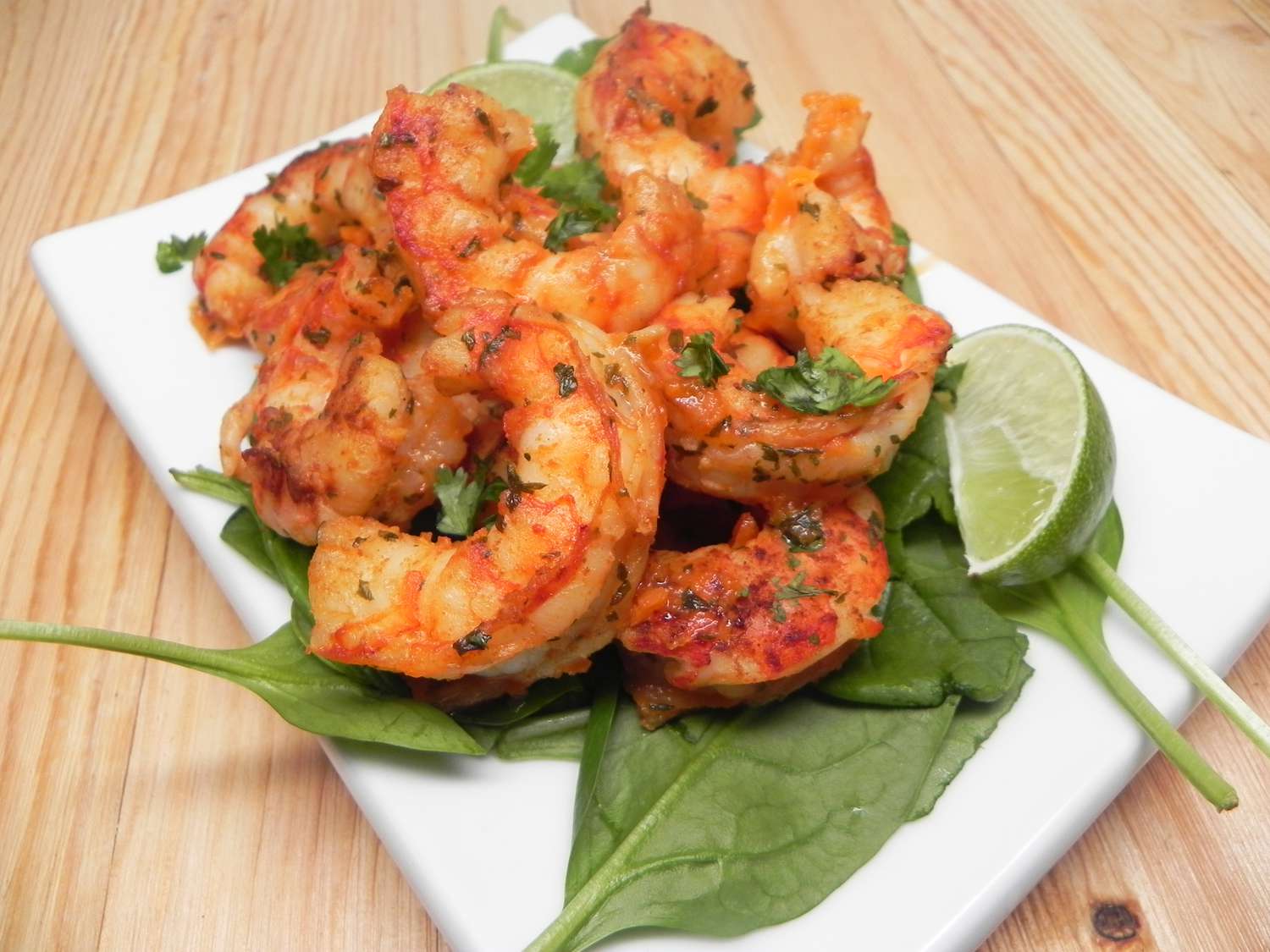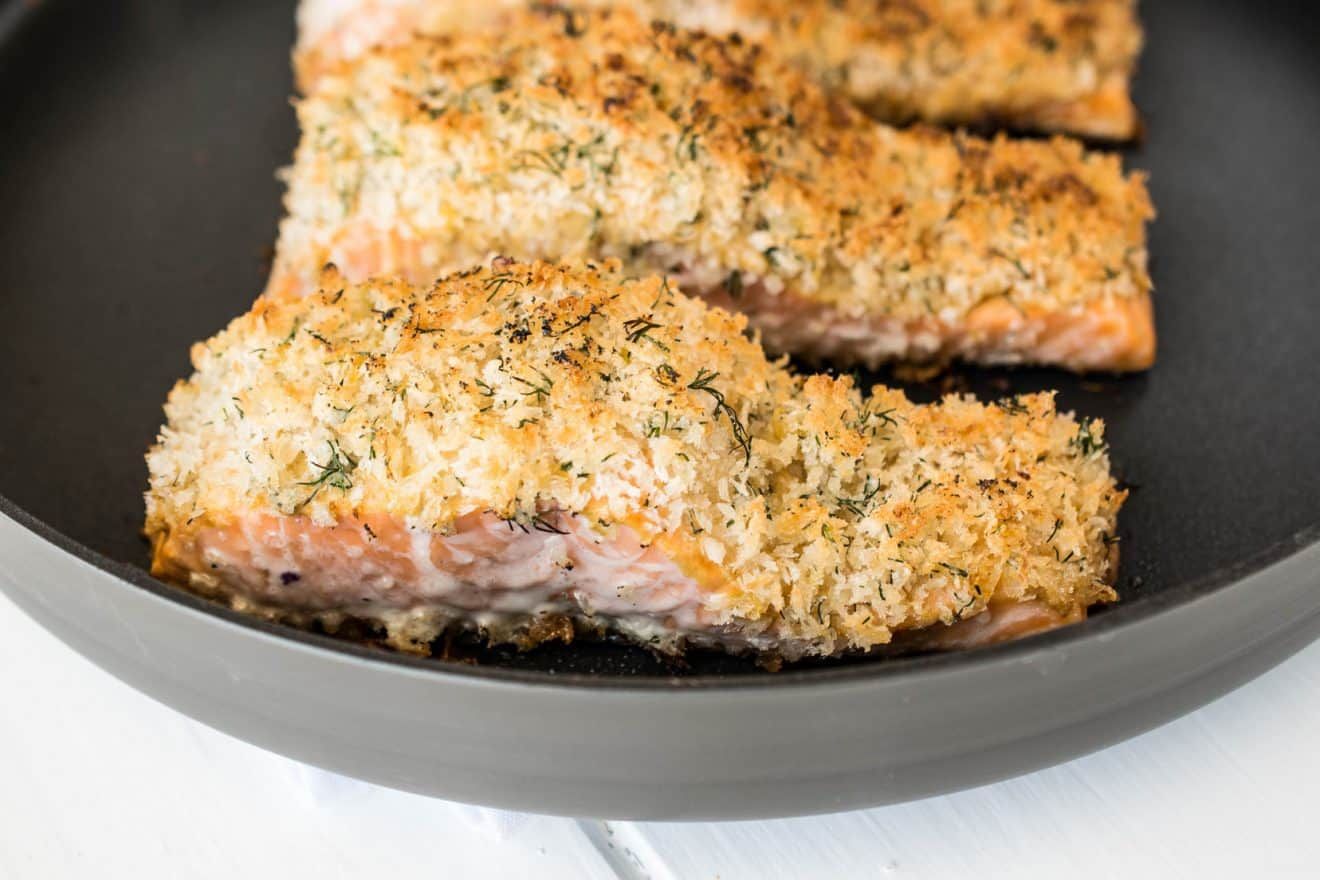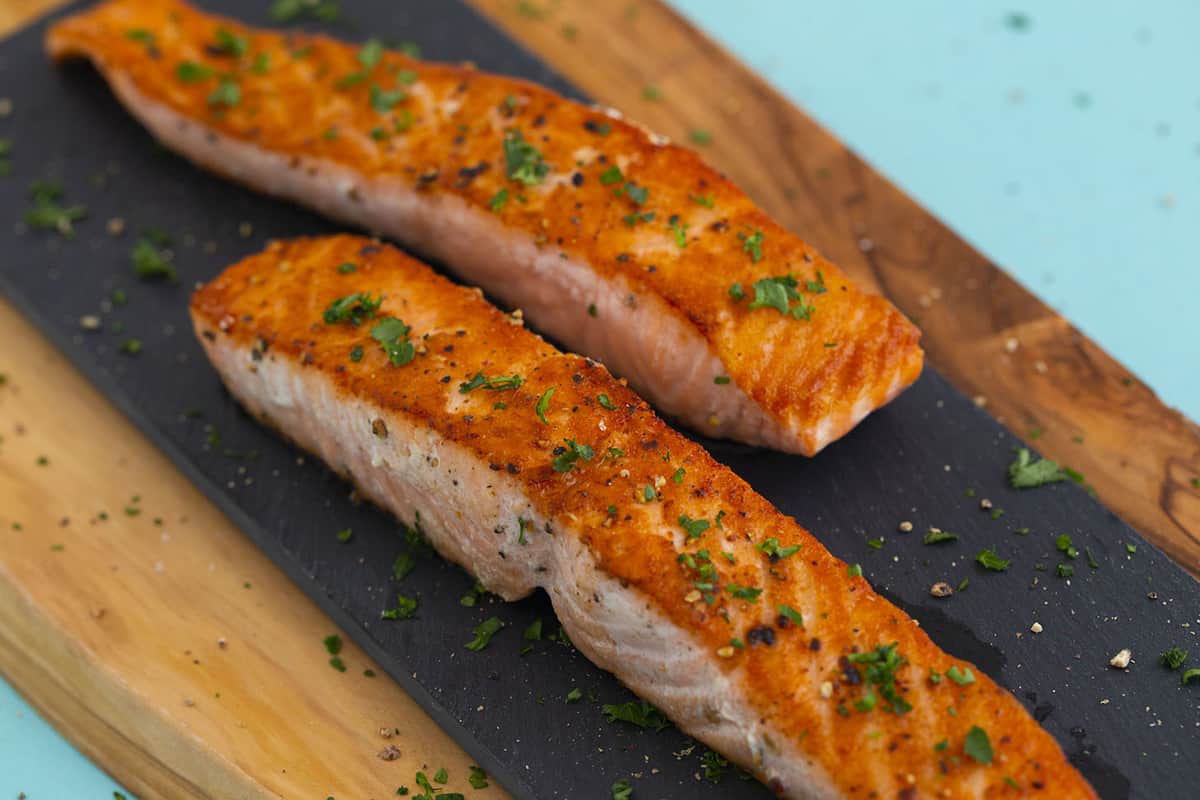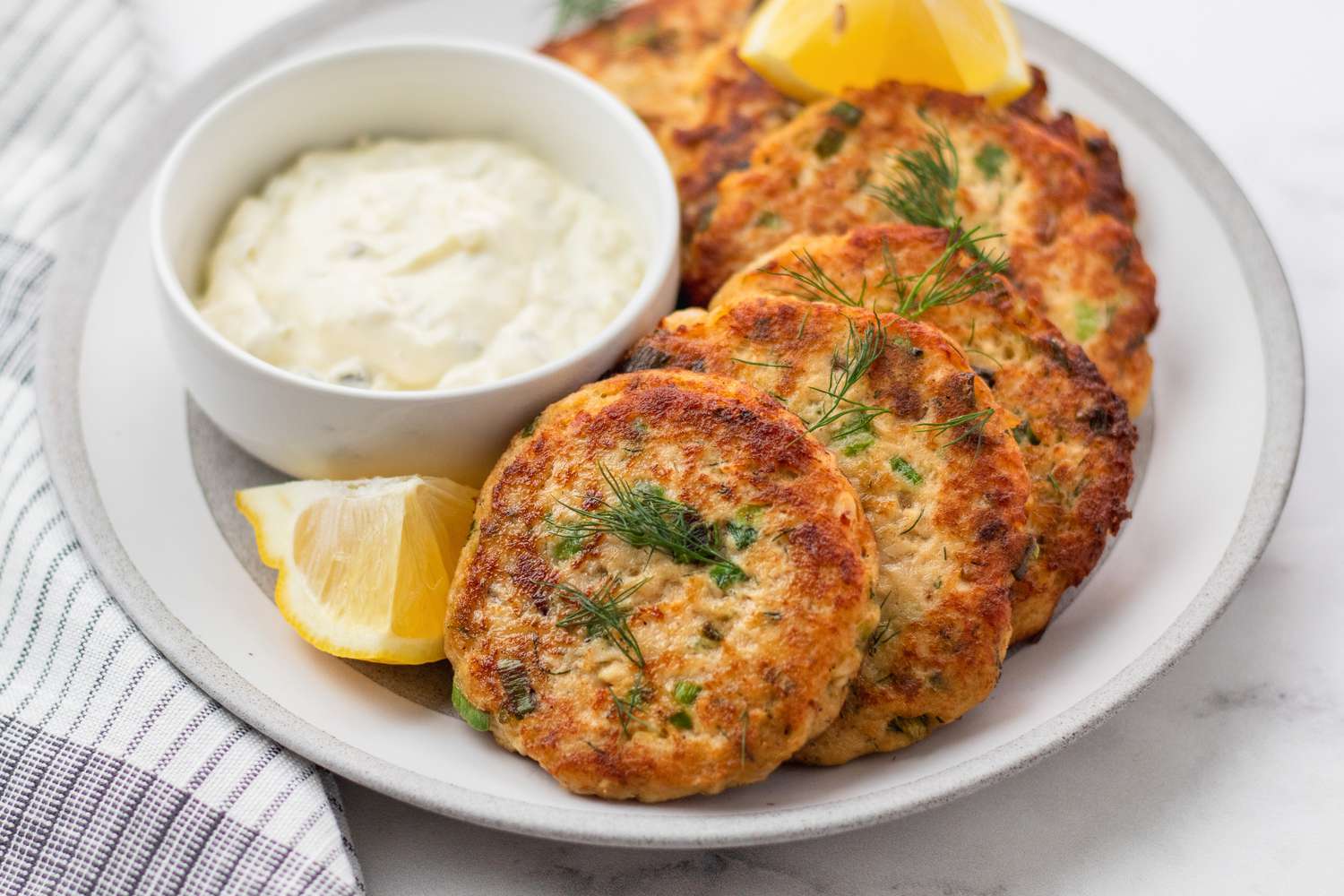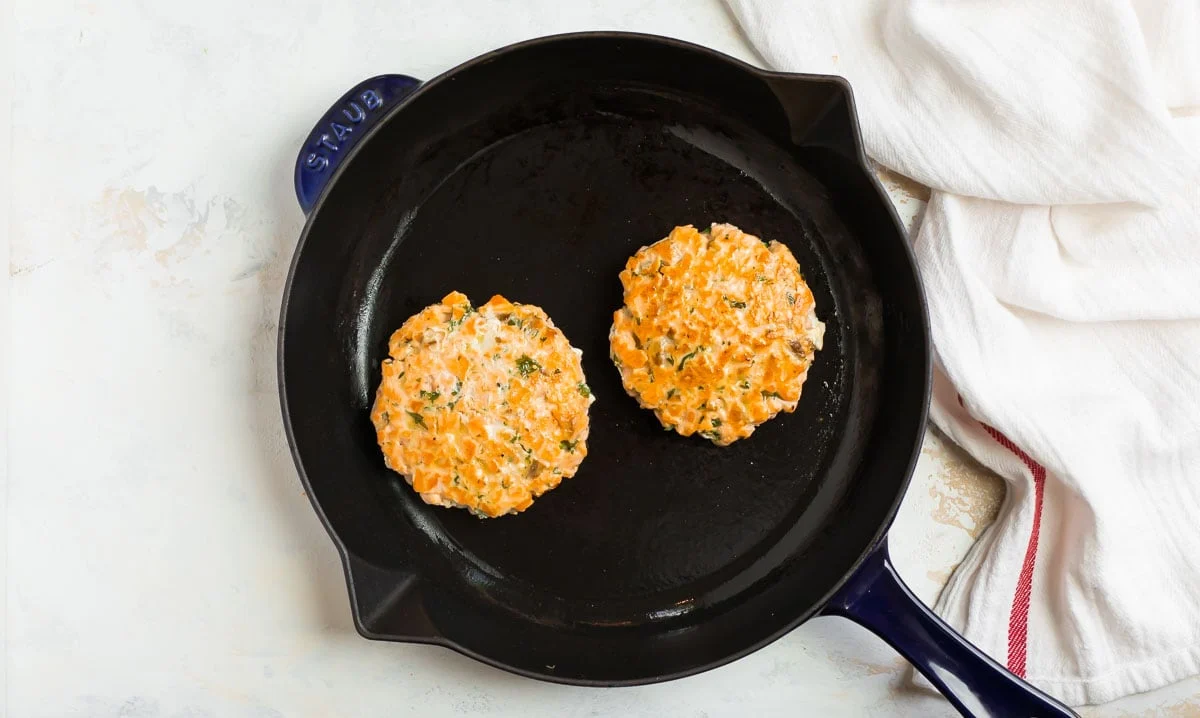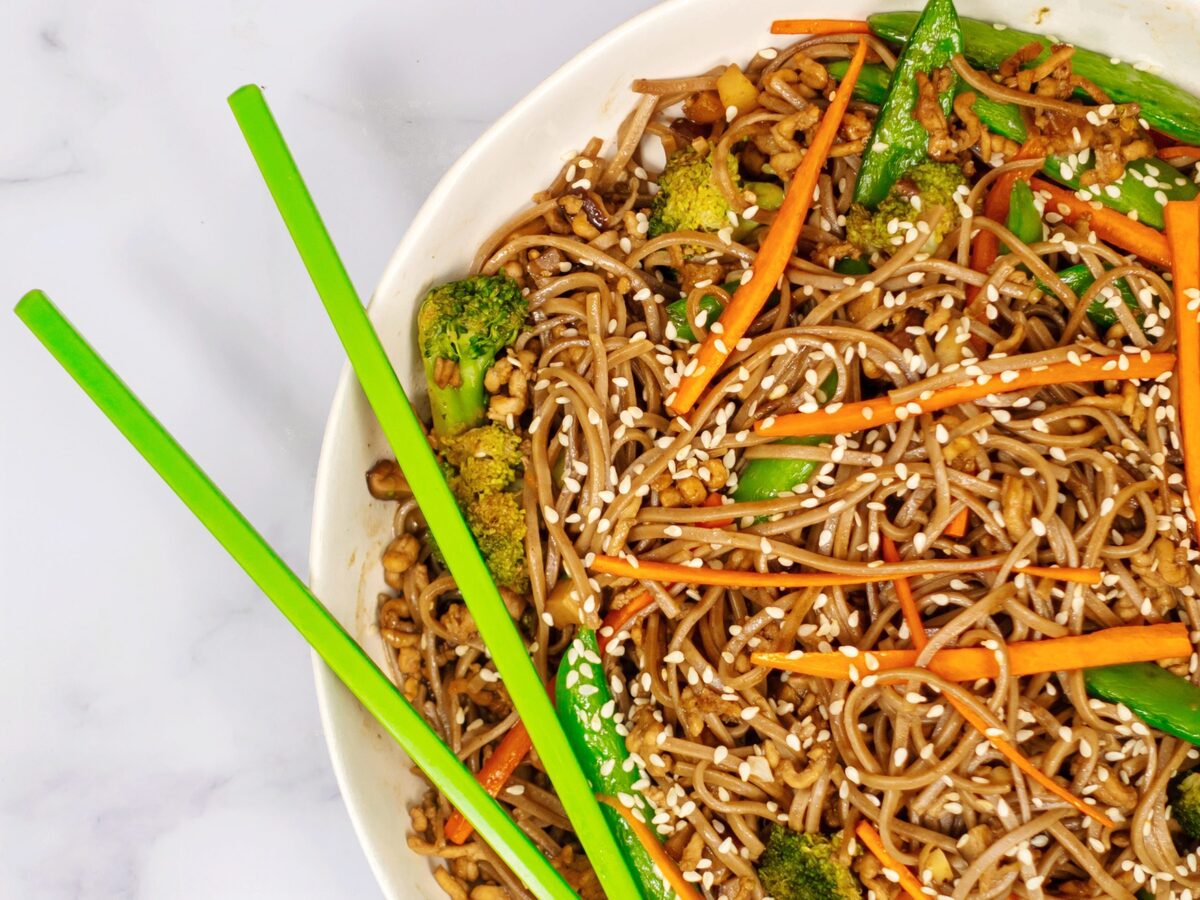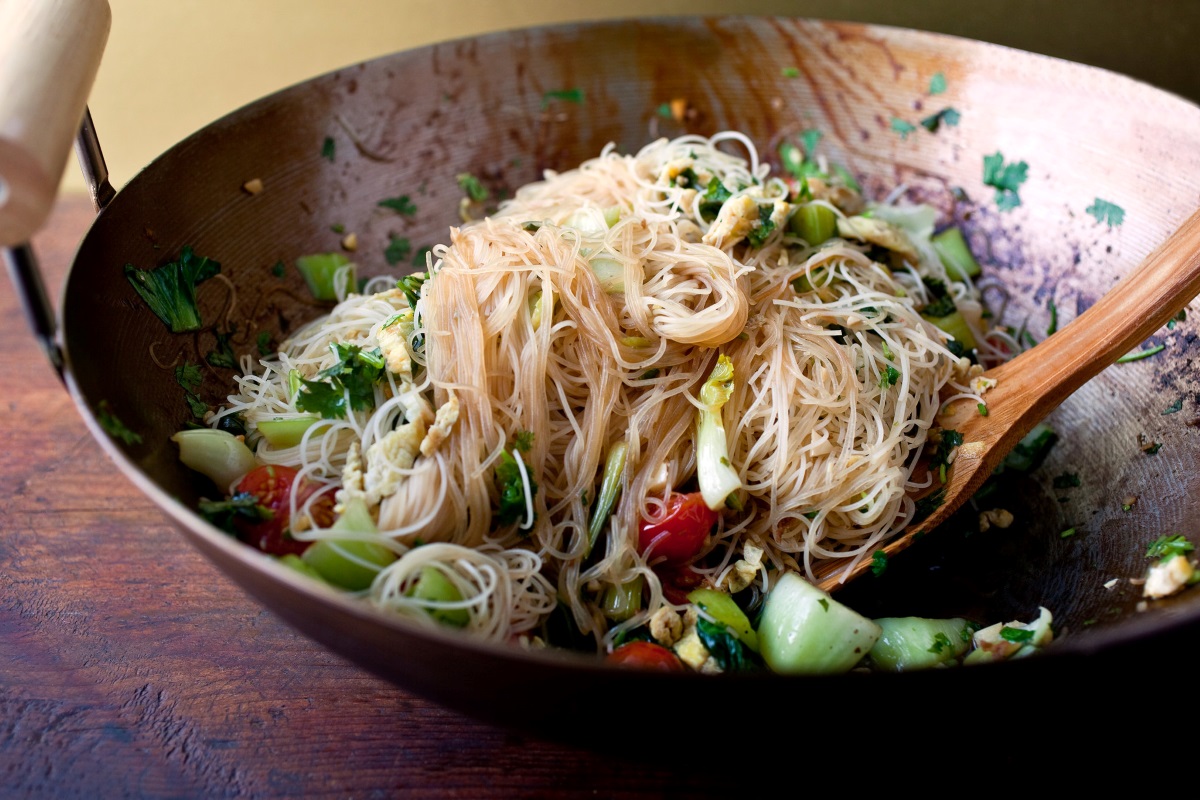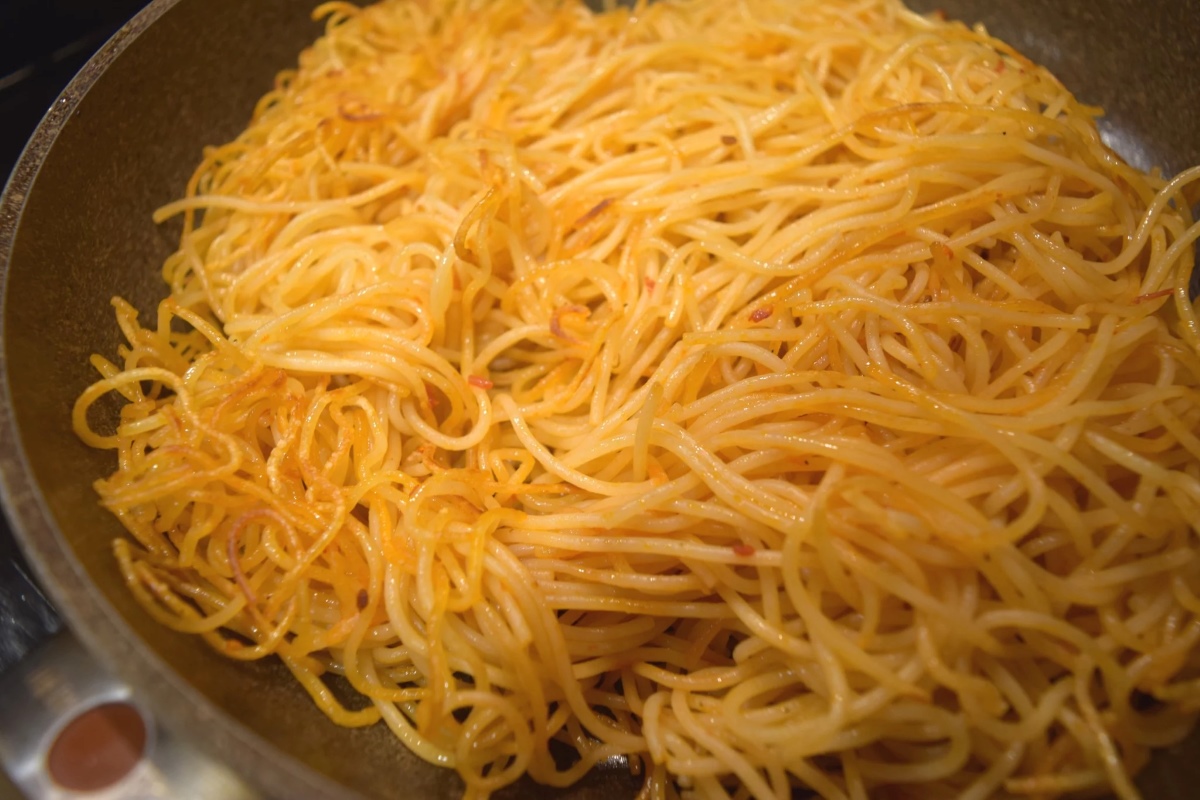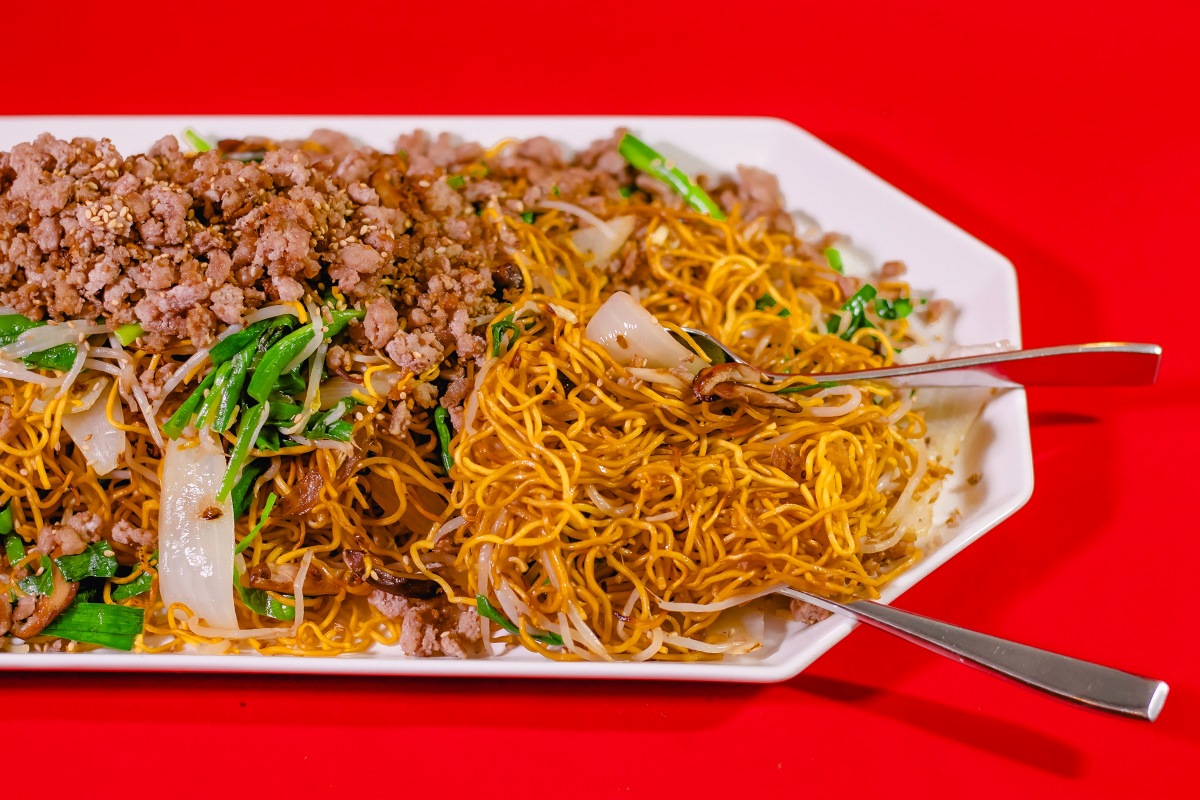Pan-frying salmon fillets is a skill that turns a simple piece of fish into a mouth-watering meal. Mastering this technique requires understanding the right heat, timing, and seasoning to enhance the salmon's natural flavors. Whether you're a seasoned chef or a kitchen newbie, learning to pan-fry salmon is a game-changer. With just a few tips and tricks, you'll be on your way to serving up perfectly crispy, tender, and flavorful salmon fillets. Let's dive into the essentials of pan-frying salmon, ensuring your next meal is not only delicious but also impressively presented.
Gather Your Ingredients for Perfect Pan-Fried Salmon
- Fresh salmon fillets, skin on
- Salt
- Pepper
- Olive oil
- Butter
- Garlic cloves, minced
- Lemon, for juice and zest
- Fresh dill, chopped
Essential Tools for Cooking Salmon to Perfection
- Non-stick frying pan
- Spatula
- Paper towels
- Plate
- Tongs
- Measuring spoons
- Kitchen thermometer (optional)
For perfectly pan-fried salmon, heat oil over medium-high. Season fillets, skin-side down first, cook until golden, flip once. Ideal internal temperature is 145°F for moist, flaky texture.
The Art of Pan-Frying: Why It’s Perfect for Salmon
Pan frying salmon fillets is a quick, simple method that brings out the rich flavors and tender texture of the fish. This technique allows for a crispy skin while keeping the inside moist and flaky. Perfect for a nutritious, high-protein meal, pan-fried salmon is both delicious and beneficial for health.
Using minimal ingredients and kitchen tools, anyone can master this cooking method. It's ideal for busy weeknights or impressing guests with minimal effort. Plus, pan frying uses less oil than deep frying, making it a healthier option that still delivers on taste and texture.
Your Ultimate Guide to Pan-Frying Salmon
How To Pan Fry Salmon Fillets
-
Gather Your Ingredients
- Fresh salmon fillets with skin
- Salt and pepper
- Olive oil or butter
-
Prepare the Salmon
- Begin by patting the salmon fillets dry with paper towels. This step is crucial for achieving a crispy skin.
- Season both sides with salt and pepper to taste.
-
Heat the Pan
- Place a non-stick or cast-iron skillet over medium-high heat.
- Add a tablespoon of olive oil or butter to the pan. Allow it to heat until hot but not smoking.
-
Place Salmon in Pan
- Carefully lay the salmon fillets in the pan, skin-side down. Press down gently to ensure the skin is in full contact with the pan.
-
Cook Skin-Side Down
- Cook the salmon without moving it for about 3-4 minutes. This allows the skin to become crispy.
- Check the side of the fillet to monitor the cooking progress. You'll see the color change from translucent to opaque as it cooks.
-
Flip the Fillets
- Once the skin is crispy and the sides are cooked, use a spatula to carefully flip the salmon fillets over.
- Cook for an additional 2-3 minutes, or until the salmon reaches your desired level of doneness. For a medium-rare center, aim for an internal temperature of about 125°F (52°C).
-
Remove and Serve
- Transfer the cooked salmon fillets to a plate.
- Optionally, you can squeeze a bit of fresh lemon juice over the top for added flavor.
-
Clean the Pan
- After cooking, pour out any excess oil.
- Wipe the pan clean with a paper towel, then wash with soap and water once it has cooled down.
This method for pan-frying salmon ensures a deliciously crispy skin and a perfectly cooked interior. Enjoy your meal!
Mastering the Art of Pan-Fried Salmon
Pan-frying salmon fillets is a skill that turns a simple piece of fish into a restaurant-quality meal. With the right technique, you can achieve that crispy skin and tender, flaky inside every time. Remember, choosing fresh salmon, seasoning it well, and getting your pan hot enough are key steps. Don't forget to let those fillets rest before serving; this ensures all those delicious juices stay right where you want them. Whether you're cooking for a special occasion or just whipping up a quick dinner, mastering this method adds a fantastic tool to your culinary arsenal. So, grab your skillet, and let's make every meal a little more special with perfectly cooked salmon.
All Your Questions About Pan-Frying Salmon Answered
How long should I pan-fry salmon fillets?
Aim for about 4 minutes per side on medium heat. This ensures a crispy exterior while keeping the inside moist and tender. Cooking times can vary based on thickness, so adjust accordingly.
What's the best way to season salmon before frying?
Keep it simple with salt and pepper, or get creative with garlic powder, paprika, and a squeeze of lemon juice. Season both sides for maximum flavor. Letting the fillets sit for a few minutes after seasoning helps the flavors meld.
Do I need to use oil or butter in the pan?
Yes, a combination of both oil and butter works wonders. Oil prevents sticking, while butter adds rich flavor. Start with oil, then add a bit of butter right before placing the salmon in the pan.
How do I know when the salmon is done?
Look for the color to change from translucent to opaque. A golden crust should form on the outside. If you're unsure, check the thickest part with a fork; it should flake easily.
Can I pan-fry salmon with the skin on?
Absolutely, frying skin-side down first not only crisps up the skin but also protects the flesh from direct heat. Plus, it adds a delicious texture contrast.
What's the best pan for frying salmon?
A non-stick skillet or a well-seasoned cast-iron pan is ideal. They distribute heat evenly, reducing the risk of hot spots that can cause uneven cooking.
How can I avoid overcooking my salmon?
Keep a close eye on the heat and the cooking time. Lower the flame if the fillets are browning too quickly. Remember, salmon continues to cook a bit even after it's removed from the pan, so pull it off the heat when it's nearly done to your liking.
Was this page helpful?
Read Next: How To Pan Fry Salmon In Butter

